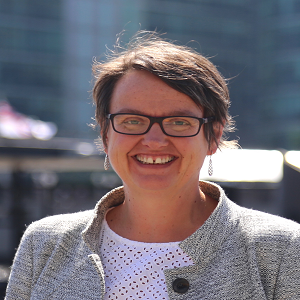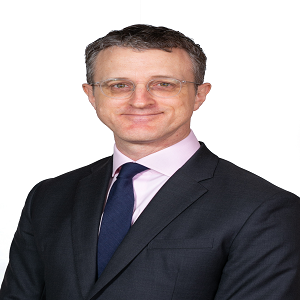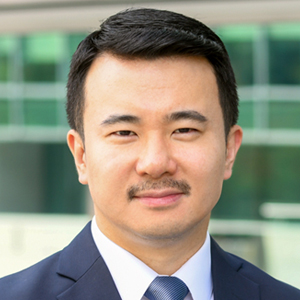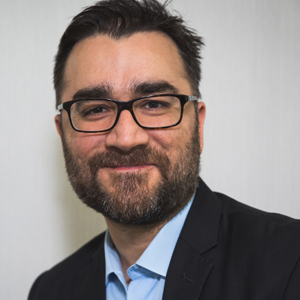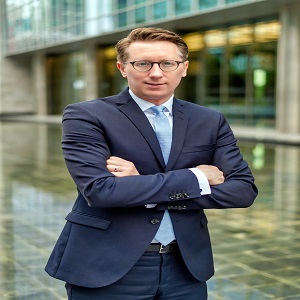"More investors are including alternatives in their portfolios, and Mercer expects that trend to continue on an upward trajectory."
The markets across Latin America, the Middle East, Africa and Asia are some of the most exciting in the world, amid a backdrop of economic growth and changes in demographics, investment markets and regulations.
Mercer's Growth Markets Asset Allocation Trends: Evolving Landscape report examined retirement plans in 14 of these markets, with a look at current investment positions and changes over the past five years. The study included retirement fund assets of almost $5 trillion across markets in the Southern and Eastern hemispheres.
These areas offer exciting potential for asset owners, managers and investors, as almost 70% of global growth now comes from these economies, according to the World Bank. We are also seeing a rapid expansion of the middle class, creating different patterns of consumption and savings. In addition, half of the top 50 global institutional investors are located in these markets.1
The Global Investment Landscape Is Becoming More Robust
Because the economies of Latin America, the Middle East, Africa and Asia are large and growing, with a rising share of wealth being held by individuals, they are of particular interest to investors around the world. These markets are also becoming increasingly open to foreign investors. At the same time, regulatory changes within these regions are allowing domestic investors to invest more broadly and outside their home markets. All these developments translate into a more open and robust investment landscape, with increasing opportunities for investors across the globe.
The pension and savings systems in these regions are also undergoing reform, with the same trend toward increasing individual responsibility for retirement savings as seen in Western countries. Overall, we are seeing a shift to defined contribution (DC) plans at the expense of defined benefit (DB) plans across both corporate and government-sponsored schemes. These changes further emphasize the need to deliver effective investment solutions to meet future savings needs and ensure trust in the systems.
3 Ways Investors Are Responding
Investors and plan managers are responding to the changing environment in three key ways:
1. More investors are putting money in equities. In the past five years, equity allocations rose approximately 8%, from 32% to 40%. For investors in many jurisdictions, the shift was intended to increase expected returns on the portfolio. Investors across the world face challenges amid an increasingly competitive investment landscape and a low return environment. Adding equities to the portfolio mix should offer greater return expectations over time.
2. Market liberalization is enabling more diversified portfolios, through increased exposure to foreign assets at the expense of domestic assets. On average, foreign exposure in retirement plans increased from 45% of the overall equity portfolio to 49% in the past five years. Investors sought greater geographic diversification, especially in Colombia, Japan, South Korea, Malaysia and Taiwan. In some countries, such as Brazil, Colombia, Peru and South Africa, recent changes in legislation now allow increased foreign asset exposure. In Japan, the Government Pension Investment Fund has seen a move to more foreign equities at the expense of domestic equities in recent years.
The shift to foreign assets was also present in fixed income, with the proportion of foreign allocations rising from 16% to 23%, in part due to less attractive local interest rates, as well as a search for increased diversification. Significant home biases remain; however, we expect this trend to continue as regulatory changes support broader global investment.
3. Investors are showing slightly more interest in alternative investments. More investors are including alternatives in their portfolios, and Mercer expects that trend to continue on an upward trajectory. Among those investors who provided details on their alternatives asset allocations, more than 70% of the average allocations went to property and infrastructure, and approximately 20% went to private equity. Changing regulations have made alternatives more attractive for investors in some areas. For instance, in Chile, a 2017 reform to the investment regime passed, allowing pension managers to invest in alternatives up to 10%, though specific limits vary by portfolio. The main objective of this enhancement is to boost returns and ultimately retirement incomes. As investors seek to diversify their portfolios and seek return enhancement, we expect alternatives exposure to continue to grow over time.
We hope investors use our report's findings as an opportunity to review their own portfolio and determine where they can improve their asset allocation to achieve even better investment outcomes.
To learn more, download the full report here.
Sources:
Top 1,000 Global Institutional Investors." Investment & Pensions Europe, 2016.
https://www.ipe.com/Uploads/y/d/w/TOP-1000-Global.pdf

